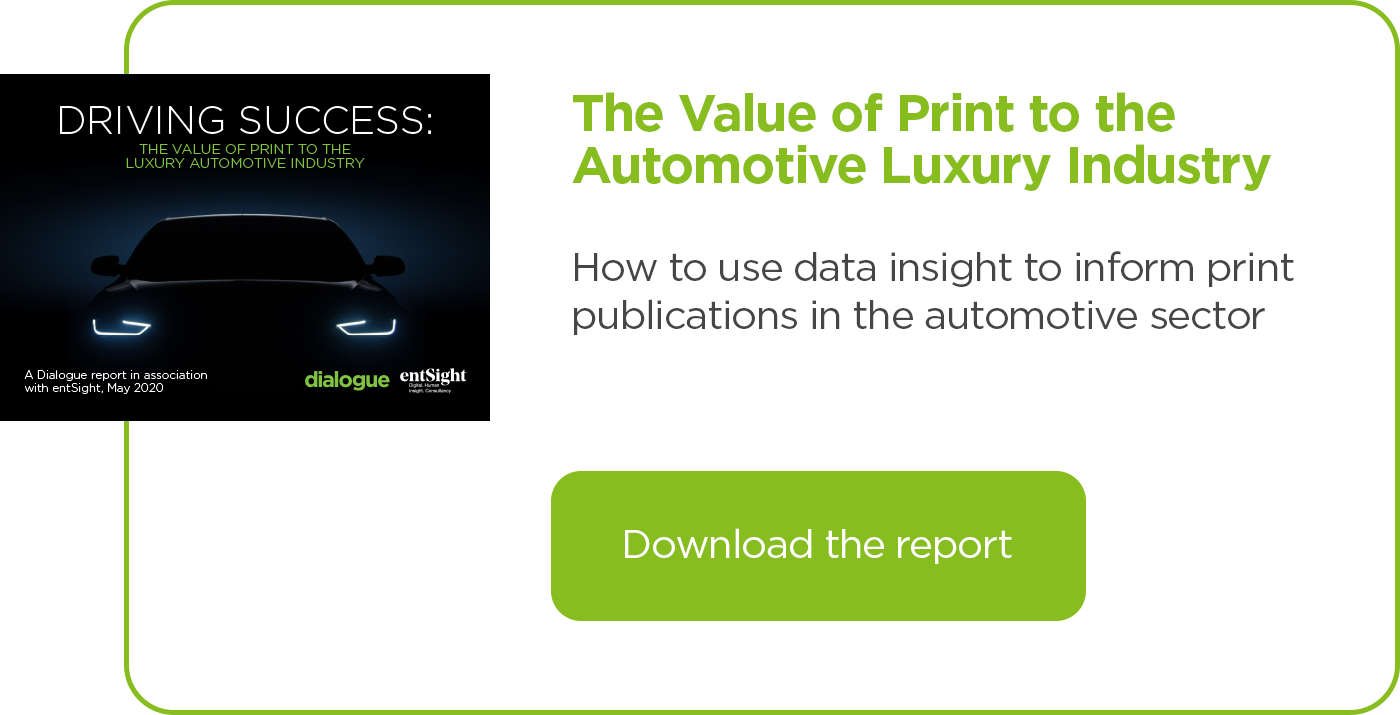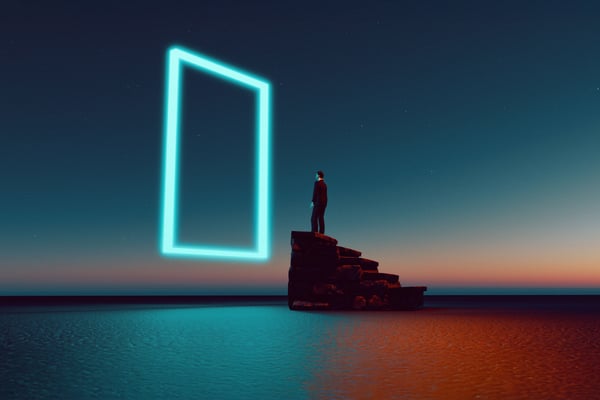
Content, community and the challenges of a luxury brand marketing strategy in 2018
Howard,
-
DOWNLOAD
Your Content Marketing Checklist >

-
REQUEST TODAY
A Content Consultation >

The need for a digital friendly luxury brand marketing strategy
Any marketing strategy in 2020 needs to rely on luxury content marketing to cut through to its consumers. This however is nothing new, high-end brands have always wanted to tell their stories. But how to make it work in the new digital landscape?
Luxury brands don’t operate like other brands: the core of a luxury brand marketing strategy aims at creating the highest value and price point by highlighting their products’ unique elements like heritage, time-spent on craftsmanship, limited series and their prestigious clients.
For example, while all whiskies are essentially distilled from fermented grain, there is a significant difference between the majority of the market and those fine single malts that have been patiently aged in an oak cask for a couple of decades.
Developing your luxury brand story
For a luxury brand, a well-developed brand story is a necessity in defining its products not just as commodities.
The challenge however in the new media landscape is how to tell this story: the difficulty being how to meaningfully connect with an audience in an environment that is increasingly ephemeral, fast moving and superficial.
Historically, luxury brands had the opportunity to tell their story through a media environment, particularly print, which enabled them to express their points of difference and build deeper connections.
However, digital has disrupted this comfortable approach and has lead to many brands making changes to their luxury brand marketing strategy.
The State of Luxury 2018 report reveals how digital continues to disrupt traditional business tactics with 68% of luxury goods brands now selling goods over the Internet versus 62% in 2016 while traditional print advertising is losing relevance: only about half as many brands report that they will allocate advertising budgets to print this year versus social media.
Creating a future-proof luxury brand marketing strategy
Luxury brands now operate in a world where they have to bend the knee and go to the consumer – which arguably goes against the very ethos of luxury.
They are therefore having to rely on other tactics to differentiate themselves in an appropriate way like high-end ‘facilitation’ as offered by the likes of Net-a-Porter: it delivers luxury on demand and leverages data-driven insight into its consumers’ preferences.
Although these trends suggest luxury brands’ increasing reliance on digital innovation, they do still need to connect meaningfully and resonate with an audience beyond technology.
As a result, content and community are still essential parts of the marketing mix.
Some luxury brands have been throwing themselves into ‘content’ as an evolutionary next step; Louis Vuitton has created a travel app, offering its consumers LV-endorsed city guides, Mandarin Oriental uses its celebrity endorsements to reassure its high-end clients they’re in good company; Kate Spade has a highly sophisticated video strategy while Rolex accompanied this year’s Oscars with filmic collaborations from four Oscar-winning directors.
Building a luxury brand community
According to Dialogue's The Power of Brand Communities report, see below, the preferred form of communication among luxury communities is email at 51% – which allows for longer-form storytelling. And even with a younger audience, 25-34 year-olds that rises to 60%.
It reflects the fact that the allure of luxury for users is being part of an elite community – and so, social media is a vital part of the mix, with 22% and 34% looking to connect with brands there – even if it’s a passive experience.
Jack Hesketh, Product Development and Marketing at Photoslurp has written of the relationship between consumers and brands on Instagram, suggesting the most well known luxury brands ‘have acquired many followers due to recognition that precedes Instagram, as opposed to gaining followers because of the content they actually post on Instagram.’
It will be interesting to see how the new luxury brands develop, but what’s true whatever the platform, are the words of Dr Charles Seger of the University of East Anglia’s School of Social Work and Psychology, who spoke at Dialogue’s inaugural ‘A Dialogue With…’ event.
“We all want to express who we are as individuals, and we do this in different ways in our daily life – through clothing and the products that we buy. A brand community, therefore, fits very well – it’s an intersection of these two competing movements.
‘You’re apart from everyone, but also part of an interesting, fun, cool community that expresses your personal values, whether you’re riding a Harley, driving a Porsche or even if you’re buying a certain type of beer at the pub. This can all be an expression of who you are as a person. And then you can join with other people who also share these values… you share in your communality, but also express those things that make you an individual.”
Read more insightful articles
See more from the blogContent marketing – are you taking a sustainable approach?
The changing face of the luxury consumer
Evaluating the success of your email strategy
How to create a digital magazine
Proud to be a winner of industry awards, recognised as content marketing experts in print and digital media.













